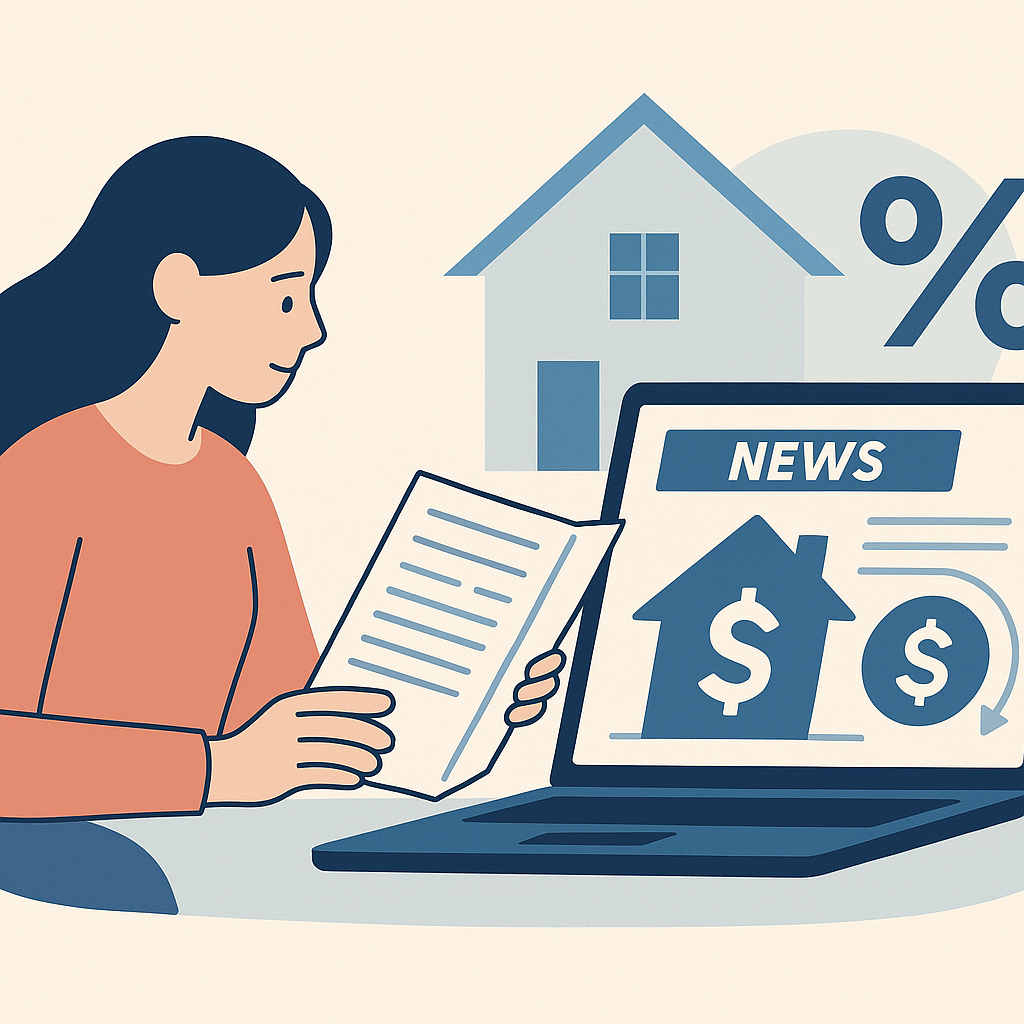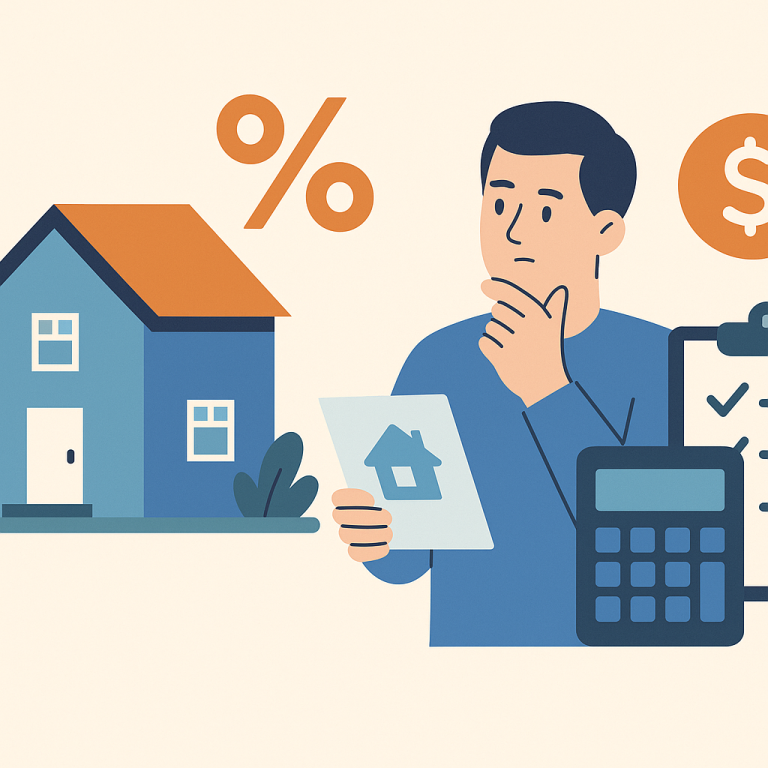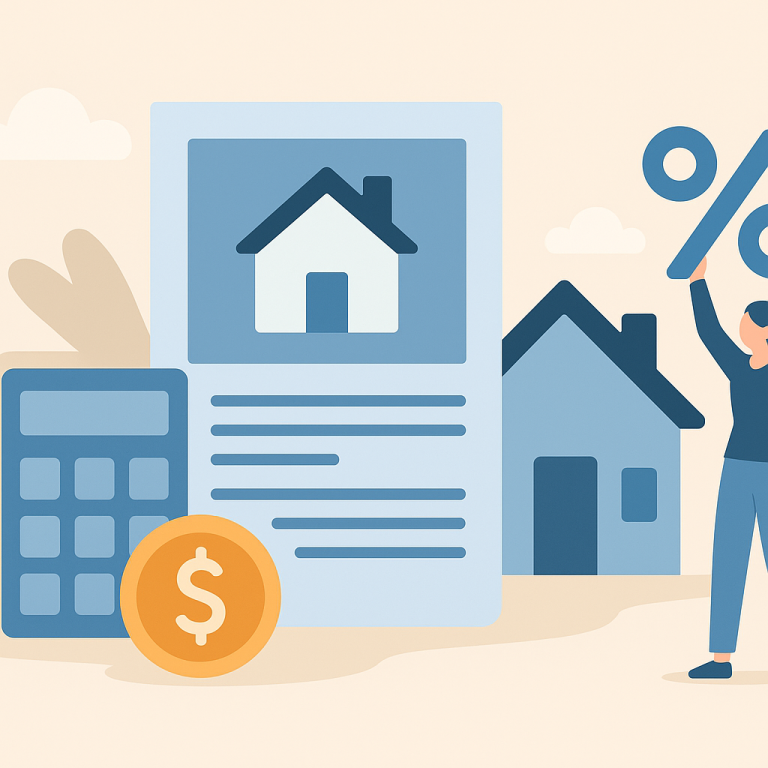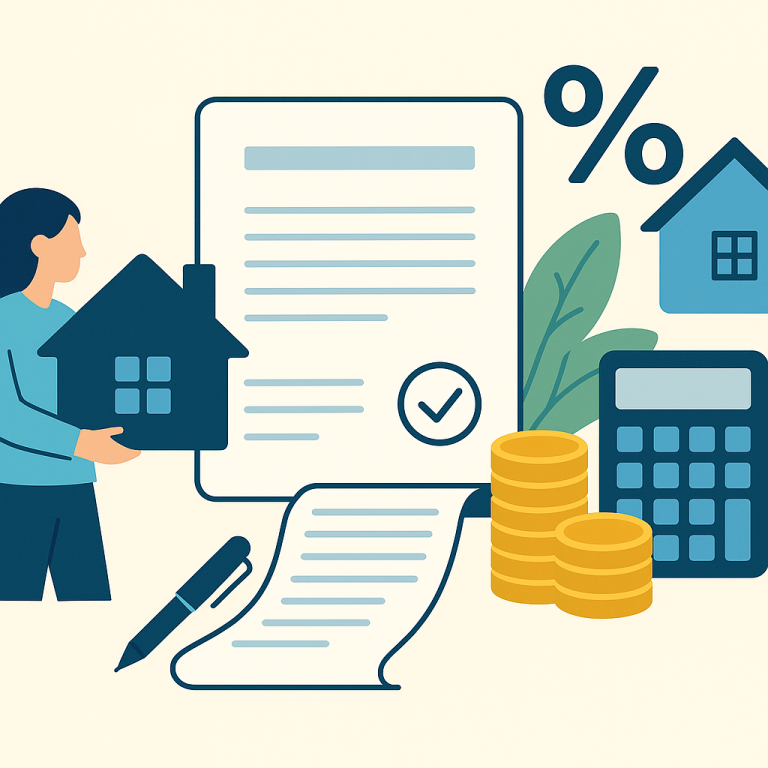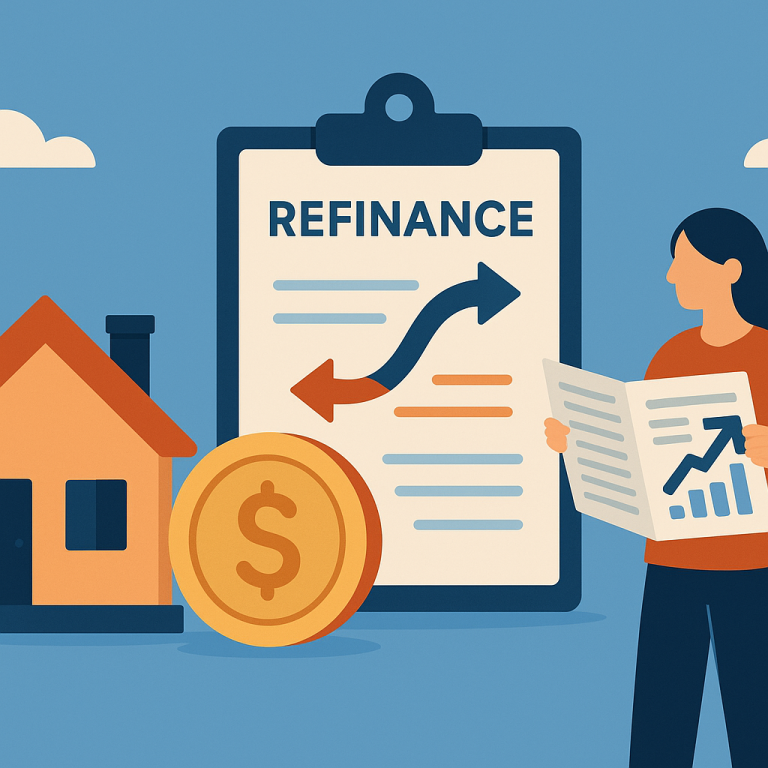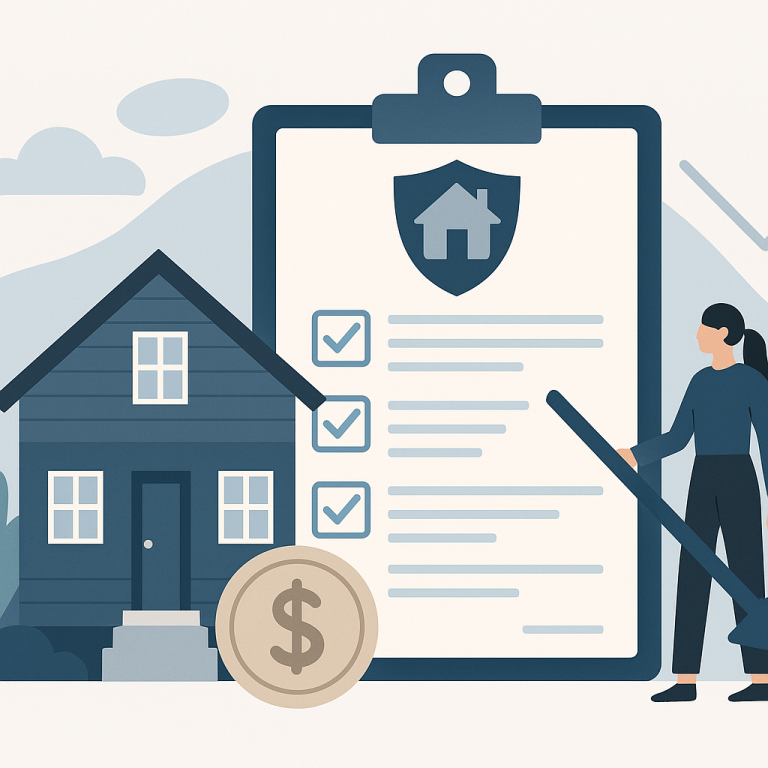Mortgage Refinance Applications Rise 18% After 30-Year Fixed Rate Drops To 6.1%
At a glance: The latest mortgage rate drop and how it could affect refinancing decisions.
Mortgage rates have moved lower. That can improve affordability and may reopen refinance options for borrowers whose current rate is above today’s quotes.
What the Rate Drop Means for Borrowers
Mortgage refinancing activity is drawing renewed attention as lenders and homeowners respond to a period of rate stabilization and improving home equity positions. While headline interest-rate movements have moderated, the decision to refinance remains highly individual: timing, loan costs and long-term financial goals drive whether refinancing makes sense for a particular household.
Why homeowners are re-evaluating refinance options
After a phase of higher borrowing costs, many borrowers are revisiting refinance strategies to reduce monthly payments, shorten loan terms, or tap home equity. Lenders report steadier pricing and more predictable underwriting, which can make the refinance process smoother for qualified applicants. At the same time, increased equity from prior home-price appreciation gives some homeowners more flexibility to pursue rate-and-term or cash-out refinances.
Key factors to consider before refinancing
Refinancing is not simply a matter of securing a lower rate. Homeowners should weigh a series of practical considerations that affect the net benefit of a new loan.
- Break-even horizon: Compare the upfront closing costs of a refinance with the monthly savings to determine how long it will take to recoup expenses.
- Loan term and amortization: Extending the loan term can lower payments now but may increase total interest paid over time; shortening the term can save on interest but may raise monthly costs.
- Credit and documentation requirements: Lenders typically require updated credit checks, income verification and property valuations; stronger credit and stable income improve loan options.
- Equity and loan-to-value (LTV): Available equity influences eligibility, pricing and whether a borrower can pursue a cash-out option versus a rate-and-term refinance.
- Fees and prepayment considerations: Closing costs, potential prepayment penalties and whether the new loan resets mortgage insurance obligations should be evaluated.
When cash-out refinances make sense
Some homeowners consider cash-out refinancing to consolidate higher-cost debt, fund home improvements that may increase property value, or meet other financial needs. Cash-out options can be attractive when the expected return on the borrowed funds exceeds the cost of the refinance, or when consolidating multiple debts simplifies payments and lowers interest burden.
Practical steps for homeowners
Homeowners thinking about refinancing should follow a clear process to avoid surprises and to determine whether a refinance aligns with their goals.
- Gather current mortgage statements and estimates of home equity to understand existing terms and potential loan-to-value.
- Shop across multiple lenders to compare rate quotes, closing costs and underwriting timelines rather than relying on a single offer.
- Request a loan estimate to see all projected fees and terms and use it to calculate the break-even period tailored to your situation.
- Consult a tax or financial advisor if using proceeds for investments, large purchases or to manage tax-advantaged items such as home improvements.
Takeaway for homeowners
Refinancing remains a useful tool but is not universally beneficial. Homeowners should evaluate the trade-offs between immediate monthly savings, long-term interest costs and how a new loan fits their financial plan. Careful comparison of offers, attention to closing costs and alignment with personal goals will determine whether refinancing produces a clear net benefit.
META: refinance-news, homeowner-guidance, mortgage-refinance-analysis

